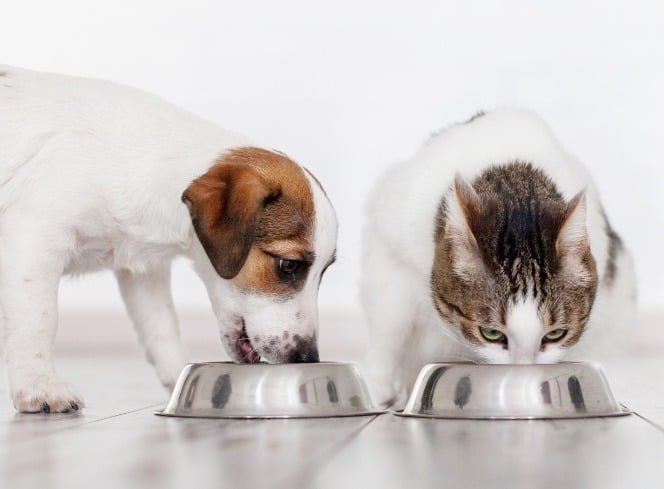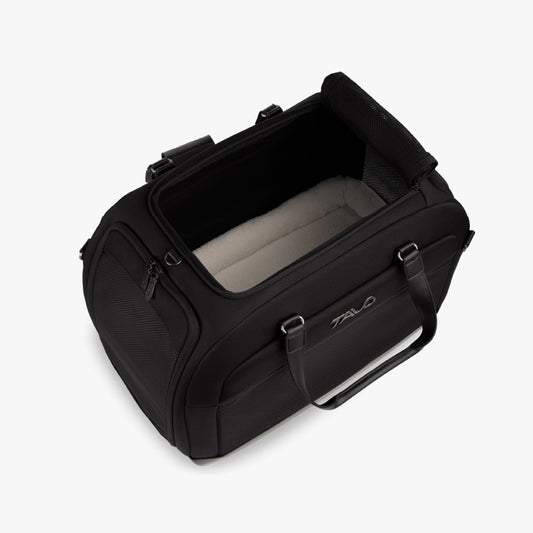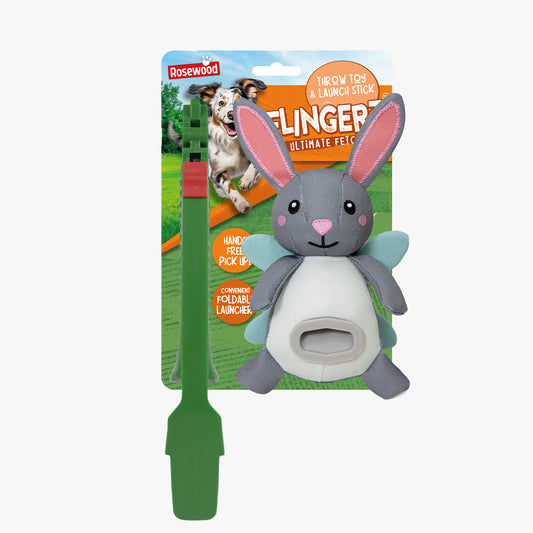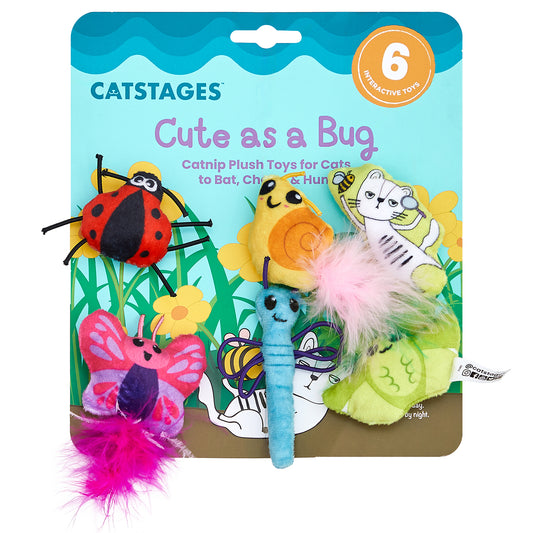Dog treats come in all shapes and sizes and can be used for a couple of different reasons. There are small dog treats in kibble size that are brilliant for training purposes and rewards when playing games; and there are dog chews that are good boredom busters for longer lasting tasty goodness. In this article we want to talk more about our range of dog chew treats specifically, and introduce you to some of our favourites from the range.
The Benefits Of Dog Chews
Many dogs enjoy chewy dog treats, and they can be used in a number of ways and circumstances. Firstly, some breeds in particular such as Chihuahuas and Labradors are prolific chewers by nature and will enjoy chewing on all kinds of things. If left to their own devices, they may find the corner of your sofa or even their dog bed an inviting place to chew. Giving such dogs a dog chew treat will give them something tasty to gnaw on whilst diverting their attention away from the soft furnishings!

Dog chew treats can also be a really good boredom buster. Long lasting chewy treats for dogs are a brilliant way to keep your dog occupied and can be a good option if you need to leave them alone for a little while, so that they don’t get bored. Just be conscious of your dog’s safety though – it is often suggested that you supervise your dog when chewing some types of treat.
Dog chews can also be beneficial to your dog’s dental health. Keeping your pup’s teeth healthy is really important so finding dog chews with dental care properties can be a really practical way to help clean their teeth.
At Lords & Labradors we have sourced some of the best dog chews we could find. We’ve tried to find healthy, sustainable options that are good for your dog and kind to the environment too.

Rawhide Treats For Dogs
Rawhide was traditionally used in dog chews as it is long lasting so is great for keeping your dog out of mischief, however, in recent years it's been proven that they're not the best for your four legged friends. Rawhide is made from animal hide which has been soaked in chemicals. The main problem is that rawhide isn't easily digested by your dog, it can cause intestinal obstructions which can be painful for your dog. We have put together our favourite long-lasting dog chews that are rawhide free to help you find a safe alternative for your pup.
Here we present some of our favourites.
Our Favourite Dog Chew Treats
- Earth Animal No Hide Dog Chew - Earth Animal is a new brand here at Lords & Labradors and one that we are most excited about. This eco-conscious brand creates natural dog chews that are all free from raw hide and are good for your dog’s teeth. Each chew is made of delicious natural ingredients with zero rawhide. They come in three different sizes so that you can choose one suitable for your breed and are available in a range of tasty flavours.
- Earth Animal No Hide Stix - Also from the Earth Animal range, these stick shaped treats have a thinner shape than the previous chew making them ideal for the smallest dogs. Even your cat may find they like chewing on these ones!
- Pawtato Large Knot Dog Chews - These dog chews from Benovo are a gluten free, healthy treat for dogs. The knots are made of 87% sweet potato which are a superfood bursting with nutrients. They are a brilliant and delicious rawhide alternative. The large size is ideal for most adult dogs, whilst the small is great for toy and small breeds.
- Pawtato Blueberry Chew Sticks - We love these tubular dog treats for their surprise filling inside. The outer is made from the same sweet potato recipe as the knots but inside is a tasty and nutritious flavoured filling for added fun. They come in a couple of different flavours too, such as Blueberry and Spinach.
- Lily’s Kitchen Woofbrush Dental Chew - These Lily’s Kitchen treats are made with your dog’s dental health in mind. They are crated with a bobbly texture that is designed for a good deep clean. They are made from natural, healthy ingredients and keep your dog’s mouth smelling fresh too!
- Pedigree Dentastix - Another brilliant dental product, this time from Pedigree. These Dentastix treats have a unique ‘X’ shape and have been proven to reduce the build-up of tartar by up to 80%.
- Goodboy Crunchy Chicken Calcium Bones - Are you looking for all-natural goodness in your dog treats? These chews from Good Boy are made from chicken that is hand wrapped around small calcium bones. Slowly roasted in the chicken juice, they are full of tasty flavour and good for your dog. Suitable for dogs from 2 months of age.
- Yakers Dog Chew - These dog chew treats were originally made in the Himalayan hills where both humans and dogs would eat them. They are made from a mixture of Yak and Cow milk, mixed together with a small amount of lime juice and salt. They are long-lasting and good at fighting plaque and tartar. Tasty and nutritious, they come in three different sizes depending on the size of your dog and suitable from about 4 months old.
- Antos Origins Natural Root Chew - The root chews are hand crafted from a special tuber root and are full of nutrients. These unique, eco-sustainable chew toys are gently harvested, air dried for many months and finally cleaned and cut to size. Perfect for satisfying your dog's urge to chew
- The Wild Antler Co Deer Antler - Dog chews don’t come much more natural than this. These dog chews are made from the antlers of red and fallow deer and have simply been cleaned ready for consumption. Responsibly sourced from naturally shed antlers, your dog can benefit from minerals, calcium and improved dental hygiene. They come in 4 sizes and all sharp points have been removed to make them safe to chew. Being completely natural, no two chews are the same, so there may be some difference in colour and shape which is completely normal.
We hope you find something on the list that will take your dog’s fancy. We’ve tried to source natural treats that don’t contain raw hide which can pose a choking risk in some cases. Our treats are super tasty and made with sustainability and health in mind.
Remember that dog chews should be used as a treat and should not be over-consumed. Dogs need to get all the vitamins and minerals they need from their food with dog chews used as a treat every now and then. Check the information for each treat for feeding guidelines.


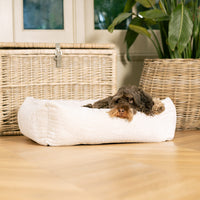

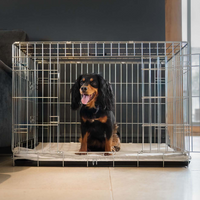
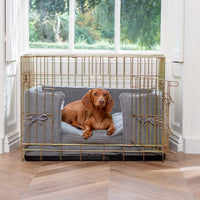
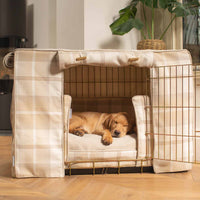
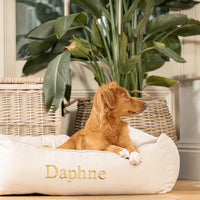
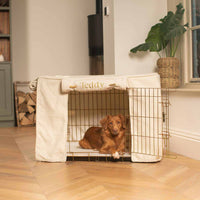
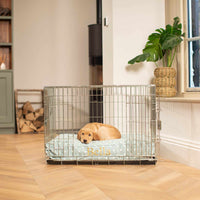
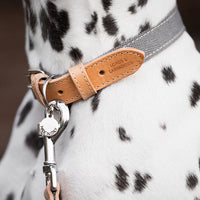
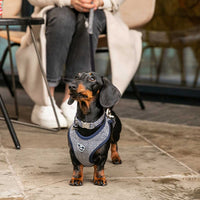
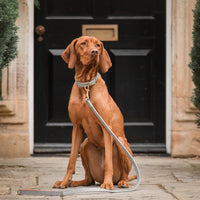
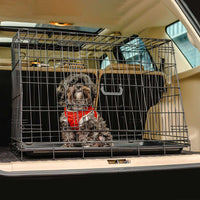
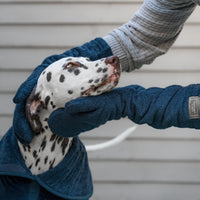
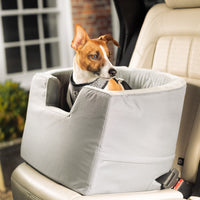
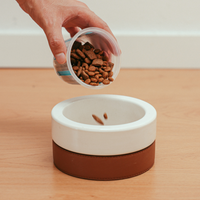
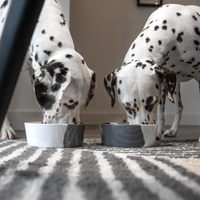
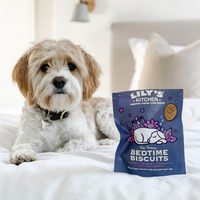
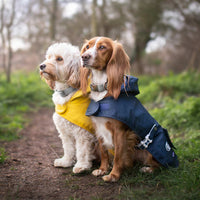
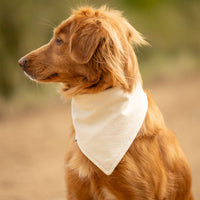
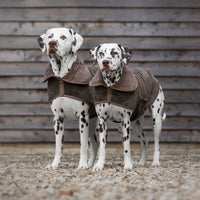

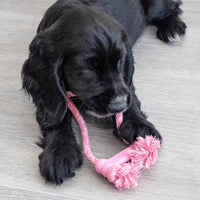
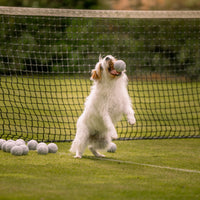
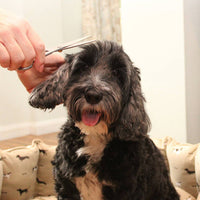

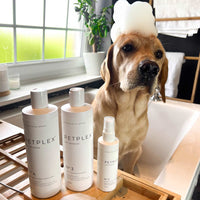

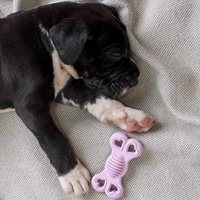
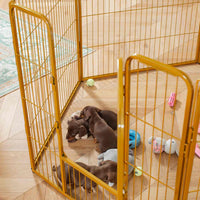
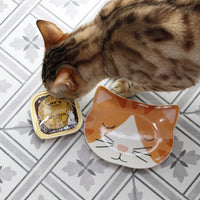
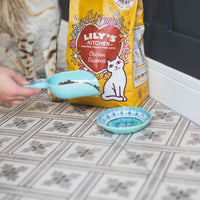

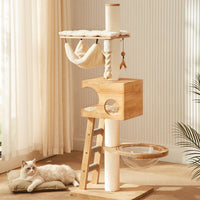
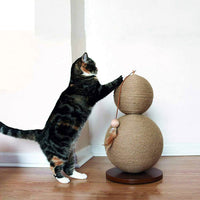

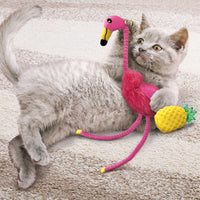

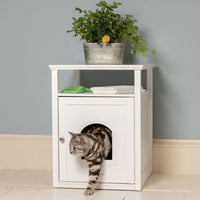
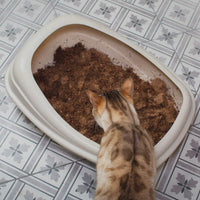

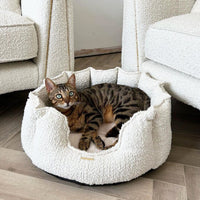
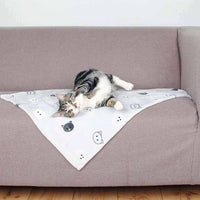
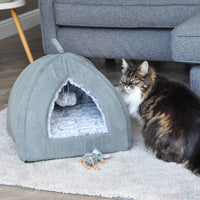


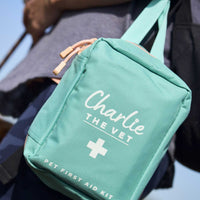
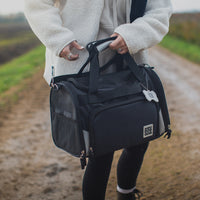

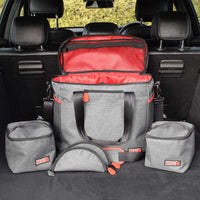

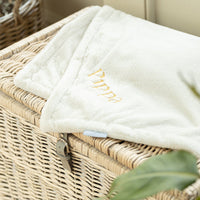
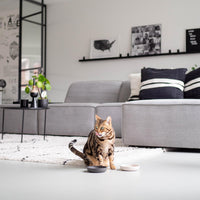




![[size:small]](http://www.lordsandlabradors.co.uk/cdn/shop/products/earth-animal-no-hide-chicken-dog-chew-studio.jpg?v=1648460771&width=533)







